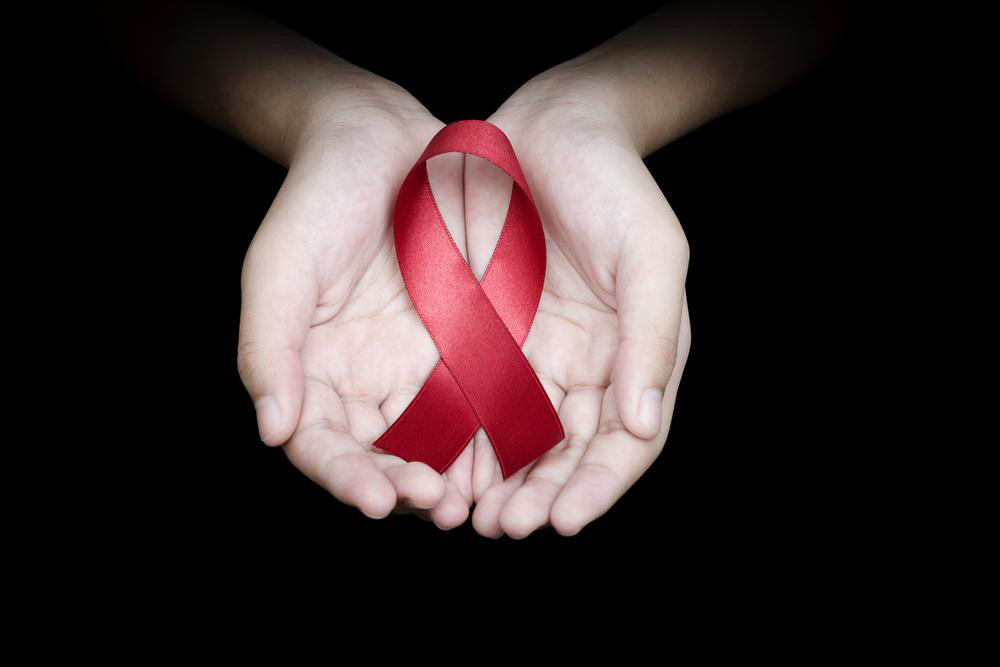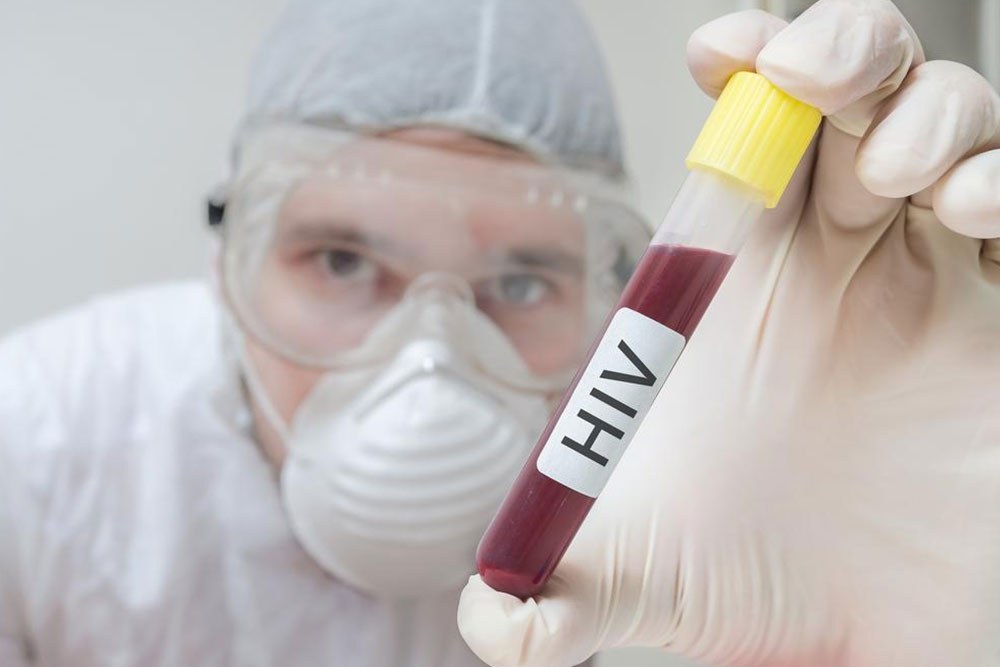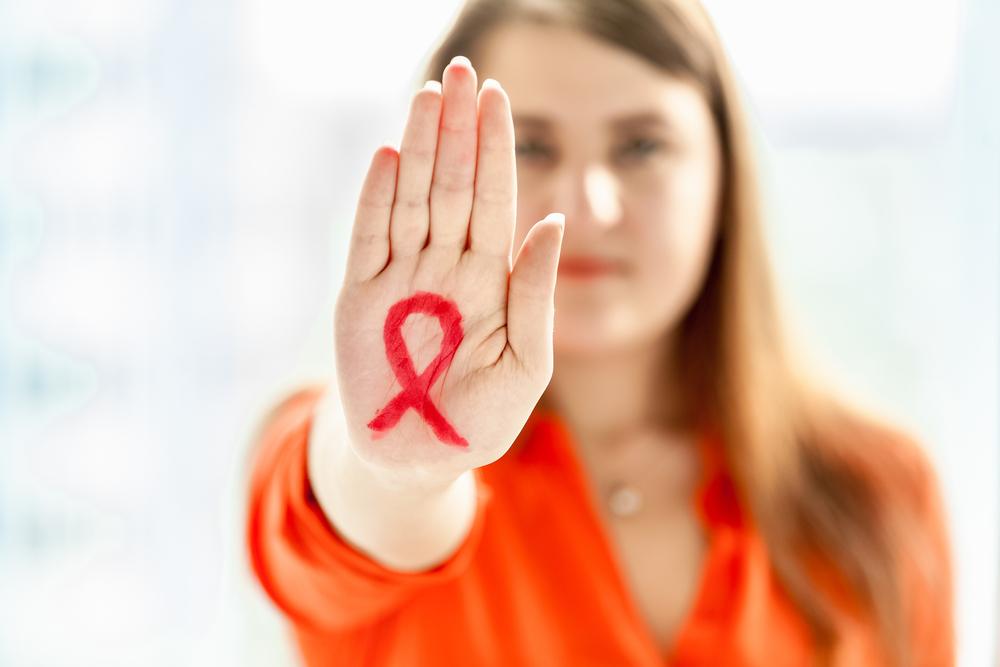Leading Causes of HIV Transmission
This article outlines the primary modes of HIV transmission, including unprotected sex, needle sharing, mother-to-child transfer, accidental exposures, and blood transfusions. Understanding these causes helps in adopting effective prevention measures. The content emphasizes safe practices and the importance of proper screening and protective protocols to reduce the risk of HIV infection across various scenarios.

Leading Causes of HIV Transmission
HIV spreads through contact with bodily fluids from an infected individual. The virus requires a living host to survive and cannot persist outside the body. It transfers mainly via specific bodily exchanges, regardless of visible symptoms. Understanding how HIV spreads is crucial for prevention. Below are the primary methods of transmission.
Unprotected Sexual Activity
The most common way HIV spreads is through unprotected sexual encounters. Data indicates that approximately 95% of cases result from sexual transmission, particularly through unprotected anal and vaginal sex.
HIV can also transmit via oral sex, but the risk is comparatively lower. However, if an individual with oral ulcers or bleeding gums performs oral sex or if recent exposure to HIV exists, transmission risk increases. The nature of sexual activity influences the likelihood of infection—for instance, ejaculation in the mouth raises risk during oral sex with a man, while menstruation can increase risk during oral sex with a woman.
Conversely, receiving oral sex generally poses a lower risk since saliva is not a significant medium for HIV transfer.
Needle Sharing
Sharing needles or syringes for injections can transmit HIV if contaminated blood remains within. When an infected person uses a syringe, traces of blood may remain, and sharing it without proper sterilization can infect others as the virus enters the bloodstream.
Maternal Transmission
A mother living with HIV can pass the virus to her baby during pregnancy through the umbilical cord, or after birth via breastfeeding with infected milk. Precautions during pregnancy and breastfeeding can reduce this risk.
Accidental Exposure
Healthcare workers handling blood are at risk of accidental needle sticks, which can transmit HIV if the needle is contaminated. Proper protective measures are essential to prevent such incidences.
Blood Transfusions
If blood donors are not properly screened, HIV-infected blood can be transfused to patients, leading to infection. Rigorous testing of blood supplies is vital for safety.
Note:
Our blog aims to provide comprehensive, accurate information across various health topics, based on research and expert data. However, the content should not replace professional advice or serve as a definitive guide. We cannot ensure complete accuracy or coverage of all related schemes or offers. Readers are encouraged to consult qualified healthcare providers for personalized guidance.









